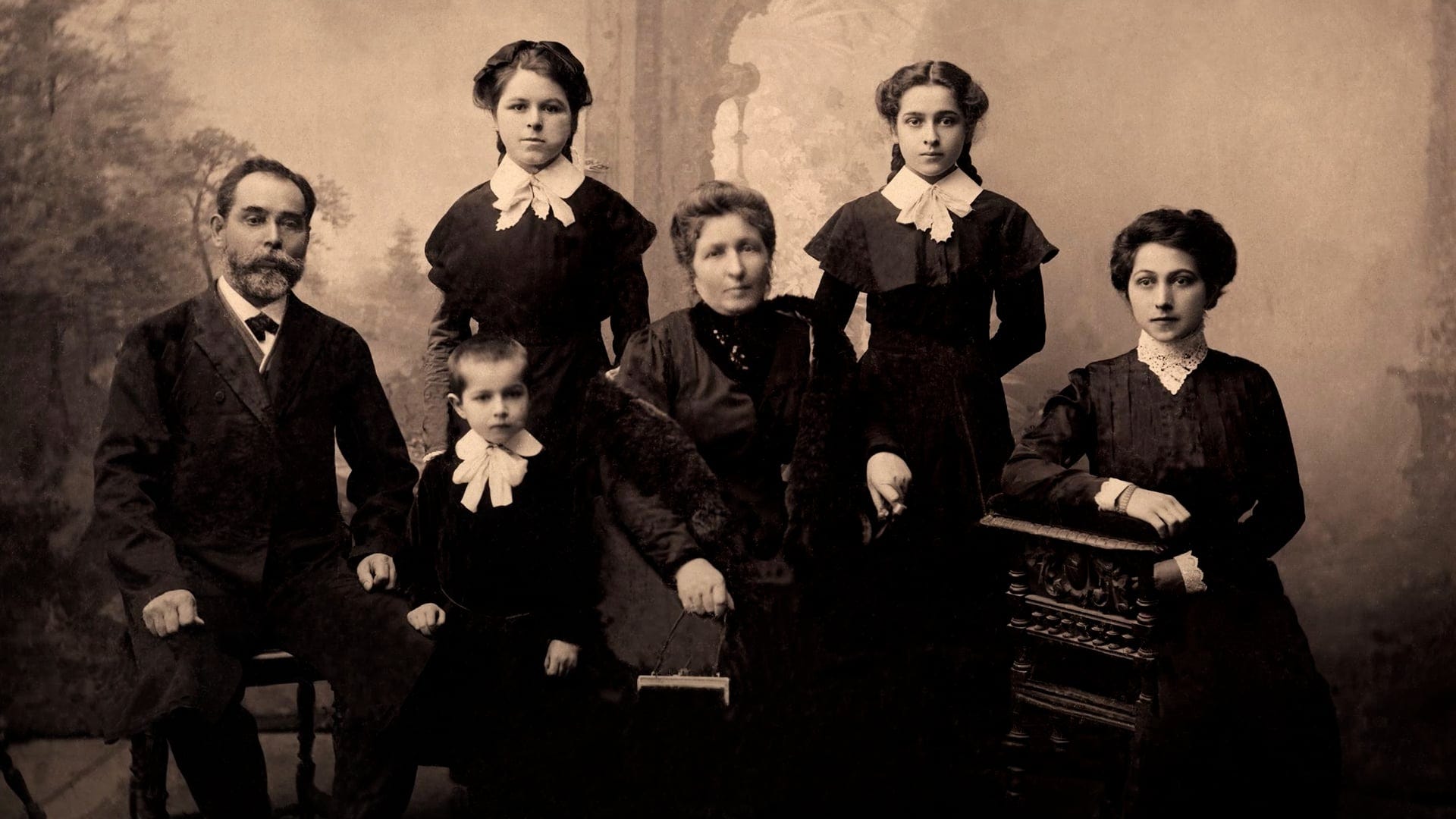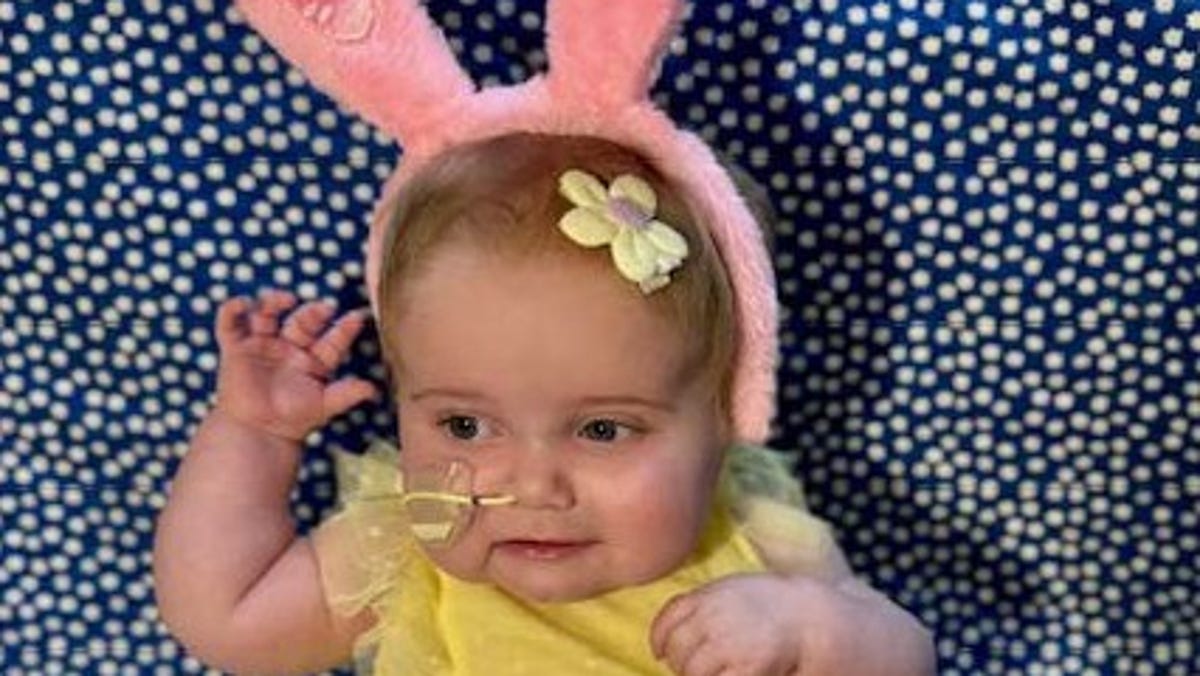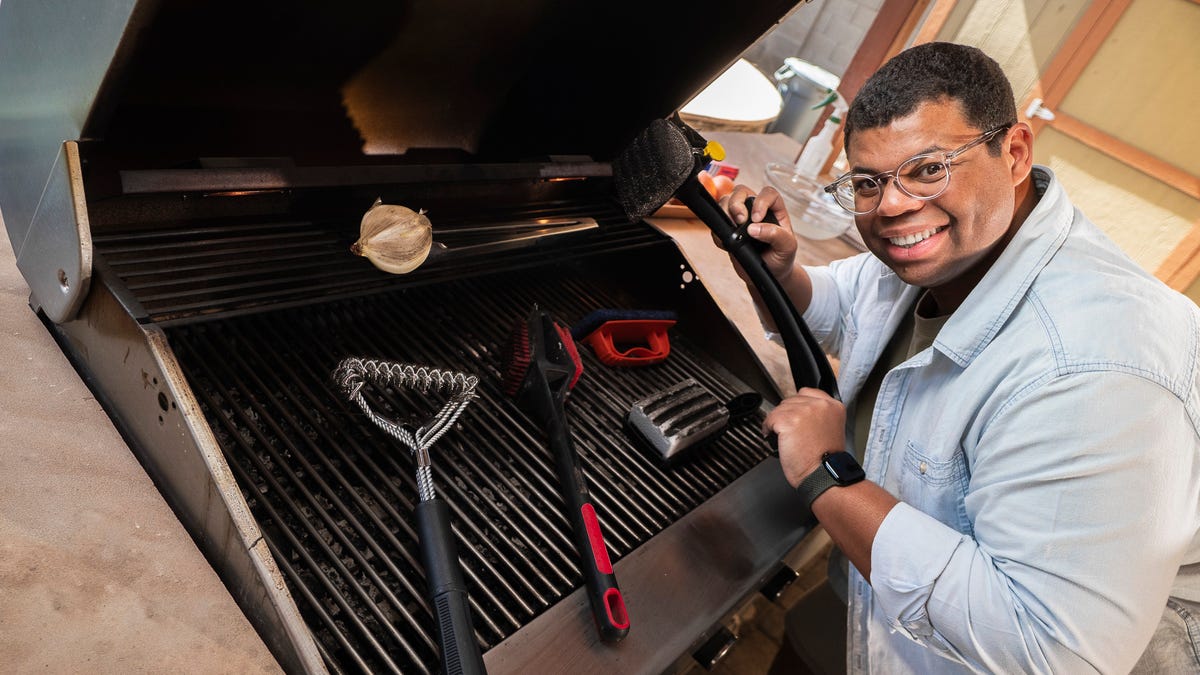
The surprising origins of Father’s Day
The very first Father’s Day in America was celebrated on June 19, 1910, in the state of Washington.
unbranded – Lifestyle
Ross Marsh’s daughter was only 2-days old when he knew something was wrong.
His baby girl, Mackenzie, had turned yellow with jaundice. When the jaundice didn’t clear up, Mackenzie was referred to the Children’s Hospital Colorado. A liver biopsy later confirmed her doctor’s suspicion: Mackenzie had biliary atresia, a disorder that appears in only about one in 12,000 babies, according to Cleveland Clinic.
Mackenize underwent a procedure for the condition, but it wasn’t enough. She needed a new liver in order to survive.
“It was scary. It was nerve wracking,” says Marsh, who is a firefighter in Colorado − as is his wife, Jennah. “At least in my line of work, we see horrible (stuff) all the time happening to people. … This is just our cross to bear.”
Luckily, Marsh came to Mackenzie’s rescue. He discovered he was a donor match for Mackenzie and could give her part of his liver. Thanks to robotic technology, surgeons at UCHealth University of Colorado Hospital could perform the transplant with such great precision that Marsh was out of the hospital and back by then-8-month-old Mackenzie’s bedside in two days.
“Eventually, she had her little smile back, and that was a big win for all of us,” Marsh says. “Once we started to see her smile, we knew that things were getting better for her. She’s just a smiley, happy little baby.”
Kids die waiting for liver transplants. This dad gave his baby daughter his own.
Biliary atresia is a disease in which a baby’s bile ducts become obstructed, meaning bile can’t get out of the liver and into the intestine. Mackenzie first underwent a Kasai procedure to remove the blockage, but remained jaundiced and had trouble gaining weight.
All in all, Marsh says his daughter spent about six months in and out of the hospital before her liver transplant. She needed a feeding tube through her nose due to malnutrition.
“They put a central line into her bloodstream to deliver nutrition because her body just wasn’t absorbing and processing it correctly,” he says. “We ended up going in for a possible infection right before Christmas.”
Marsh and his wife had anticipated their daughter might need a new liver, so they got to work to make sure they were as healthy as possible, should they be donor matches. They didn’t drink much to begin with but cut alcohol out entirely. They were already in good shape due to their jobs, but upped their workout regimens even more.
“My wife and I both put in for the transplant,” Marsh says. “And I was a positive match, just by luck.”
Many people need liver transplants, but people are often stuck waiting months for a potential match. The national average wait time for a liver transplant is about eight months. The average waitlist time at Children’s Colorado for a pediatric liver transplant, thankfully, is shorter: less than two.
Finding a donor fast can mean the difference between life and death.
“There are millions of healthy adults in the world who could be living donors, and yet, every year, about 40 children die across the United States, because no liver is available for them,” Dr. Amy Feldman, the medical director of Children’s Hospital Colorado’s liver transplant program, says. “I dream of a world where living donor liver transplant prevents any child from dying on the waitlist.”
Though Mackenzie’s circumstances were grim, Marsh says he and his wife still found ways to stay grateful amid the challenges. Fellow firefighters stepped up to cover their shifts, so they could be with their daughter in the hospital. They also had insurance for the costly procedures, not something every family in similar straits can say.
“When you live at the hospital for five, six months, there’s terminally ill kids that are heartbreaking all (around you),” Marsh says. “So, we were able to rationalize: She can have a full, happy, healthy life once we get through this. And she’s so young, she won’t remember it.”
How he’s celebrating Father’s Day
Now, Mackenzie is happy, healthy and rambunctious. She’s been off her feeding tube since late April. Marsh calls in via Zoom from his home, where he says Mackenzie has been scooting around on the floor.
“She’s just Mackenzie. She just likes to be a handful,” he says. “Now, we’re trying to figure out what normal life is for her. She’s starting to not crawl yet, but she can scoot around, so she’s just not such a little potato anymore. So now she’s ending up underneath chairs and tables.”
Though they’re out of the hospital, some signs of their family’s medical saga linger. For instance, both Marsh and Mackenzie now have scars on their stomachs, right over their livers.
“I think it’s a pretty cool connection,” he says. “We both have scars, and we’ll be able to celebrate the anniversaries of the donation and make it, hopefully, exciting for her and not be a hindrance of like, ‘Oh, I got this scary scar.'”
Father’s Day this year is also going to be different. Marsh says he has to spend it on duty − something he’s used to as a firefighter. But, to him, holidays are the days you decide to celebrate them, not the days that come marked on the calendar.
What health & wellness means for you: Sign up for USA TODAY’s Keeping It Together newsletter
Like so many other parents, Marsh says having a child has changed his outlook on life.
“It’s amazing how your perspective of what’s important in life changes from before fatherhood till after fatherhood,” he says. “I told Jennah before the surgery, ‘If things go bad, make sure they get the liver. I don’t care if I don’t make it. She’s number one. I’m number two.’ Whether it’s the surgery or just in life in general, to me she’s more important.”









